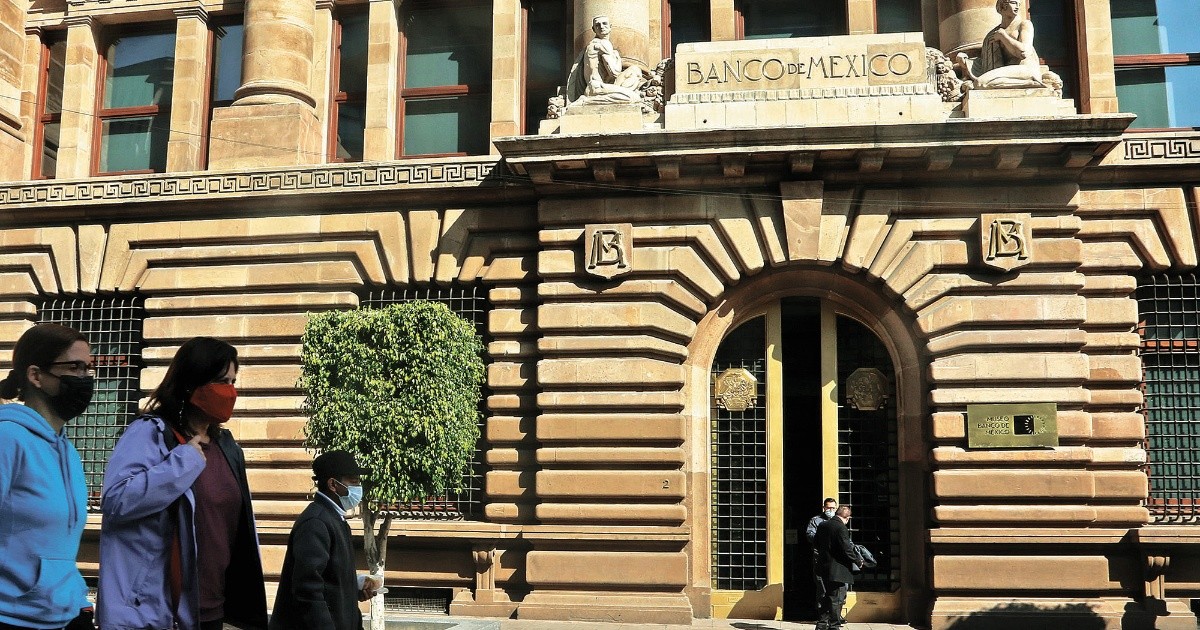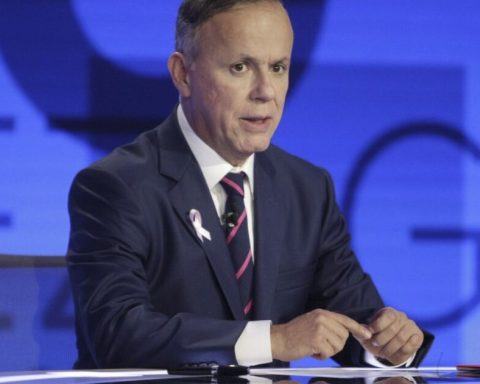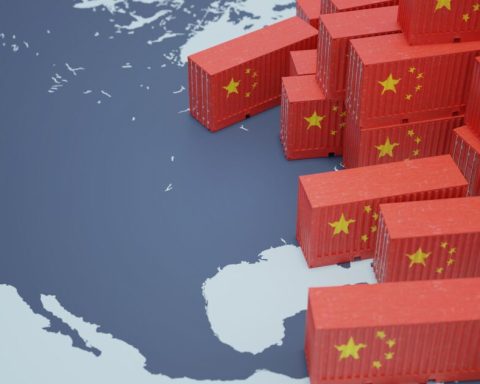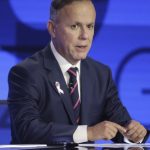More than 100 countries are in the process of implementing digital currencies. The case of China stands out, where 261 million people participate in the e-yuan pilot program. In this context, it is normal for the Bank of Mexico to be on the road and place 2025 as the year of the launch of the digital peso. We’re not going particularly fast. In that year it is likely that the digital pound will already be working; the e-dollar and a euro with those characteristics.
What is a digital currency for in a country like Mexico? The mere mention of the launch plans produces a varnish of currency to the Bank of Mexico. It is a fashionable and attractive topic for a large part of the young population, among other things thanks to the boom in bitcoin and other digital currencies. With the announcement alone, the Mexican monetary authority wants to make it clear that it is up to date on an issue that occupies and worries central banks around the world: the future of money in the digital age.
Beyond the effects on image, it is a relevant development in monetary policy, in accordance with the change of times that we are experiencing in many issues. The appearance of digital currencies is comparable, according to some experts, to the launch of banknotes, which began in England at the end of the 17th century. Then, things ran less quickly and the normalization of the use of banknotes took many years, decades. People mistrusted pieces of paper that purported to be worth the same as coins that were hard cash, made from metals that had intrinsic value like gold and silver. In the case of digital money, enthusiasm and distrust coexist.
What will change with the digital weight in Mexico? The central bank believes that it can contribute to financial inclusion and to facilitate financial and commercial transactions, making them safer and cheaper. In the medium term, it can be a key decision to move towards less use of cash; to be a more cashless country, as they say in English. In Mexico, 86% of the population prefers to use cash, according to a recent Banxico study. It was 93% before the pandemic.
The details of how the digital weight works remain to be seen. It would not be a direct competition against bitcoin, among other things because BTC is a cryptocurrency that is working as an object of speculation. It is not backed by any monetary authority and therefore is not backed by any government.
In the first document on the subject, released at the end of last year, the Bank of Mexico explained that what is in the CoDi ecosystem would be taken as a starting point. In a next stage, a scheme of tokenized payment orders would be passed, which would be easily redeemable. In phase three, a centralized registry of digital currencies would be set up. Each coin would have a unique serial number.
The e-peso or digital peso will have the challenges recognized by other central banks in the launch of their digital currencies: cybersecurity and protection of users’ personal data. Additionally, there will be the challenges linked to our circumstances. Two stand out: high levels of informality and organized crime. The implementation of the CoDi has encountered resistance from many people and businesses that do not want to be controlled or enter the radar. The strong presence of organized crime forces us to pay special attention to the risk of using digital money in money laundering operations.
How will Banco de México fare in this adventure in this new territory? The currency is in the air, rather in the digital galaxy… and in the heads of the implementers.
General Editorial Director of El Economista
Safe
Degree in Economics from the University of Guadalajara. He studied the Master of Journalism in El País, at the Autonomous University of Madrid in 1994, and a specialization in economic journalism at Columbia University in New York. He has been a reporter, business editor and editorial director of the Guadalajara newspaper PÚBLICO, and has worked for the newspapers Siglo 21 and Milenio.
He has specialized in economic journalism and investigative journalism, and has carried out professional stays at Cinco Días in Madrid and San Antonio Express News, in San Antonio, Texas.















